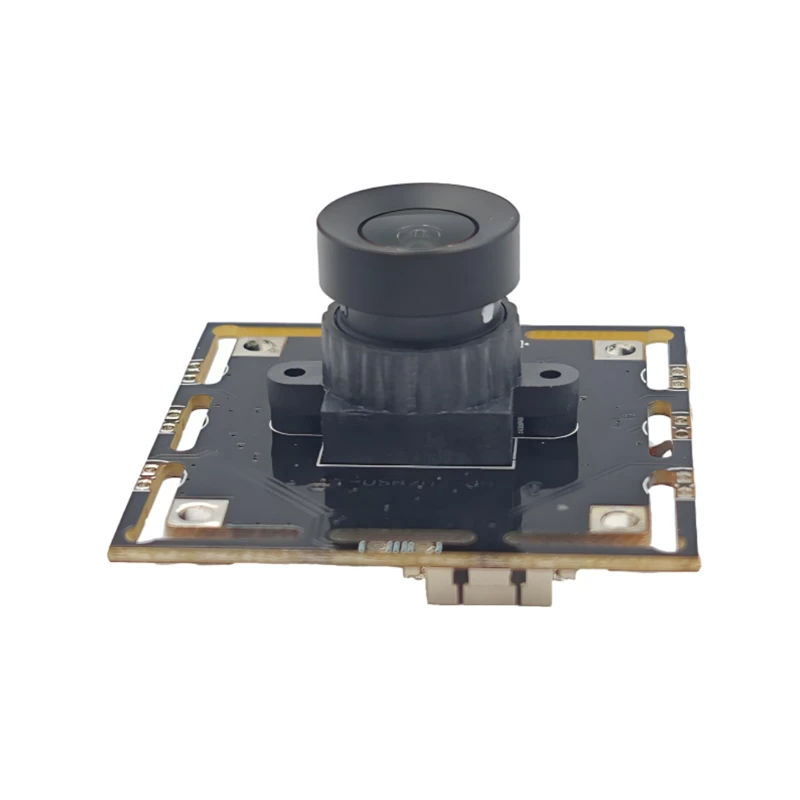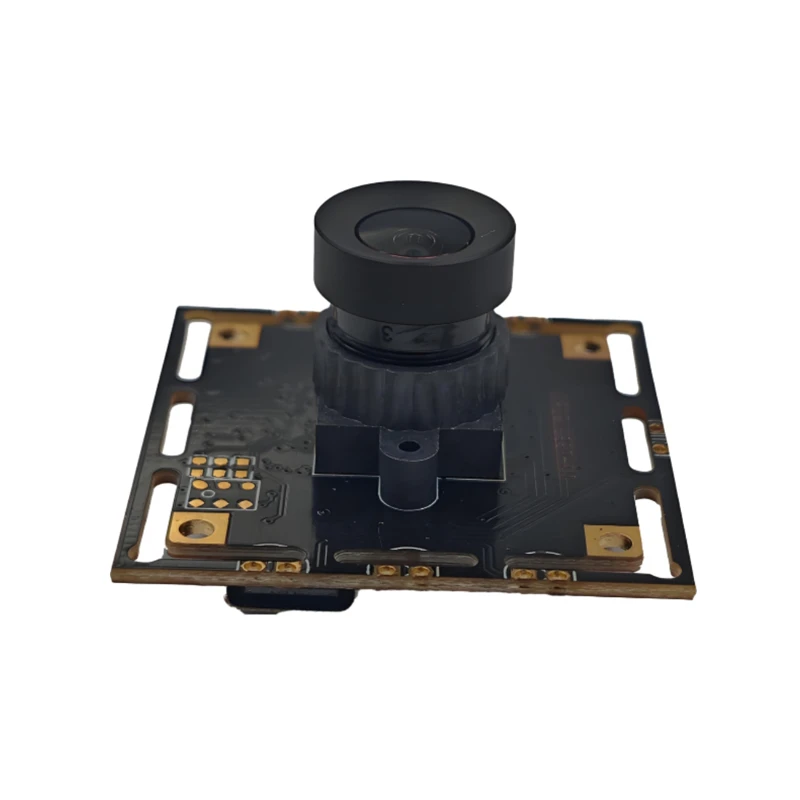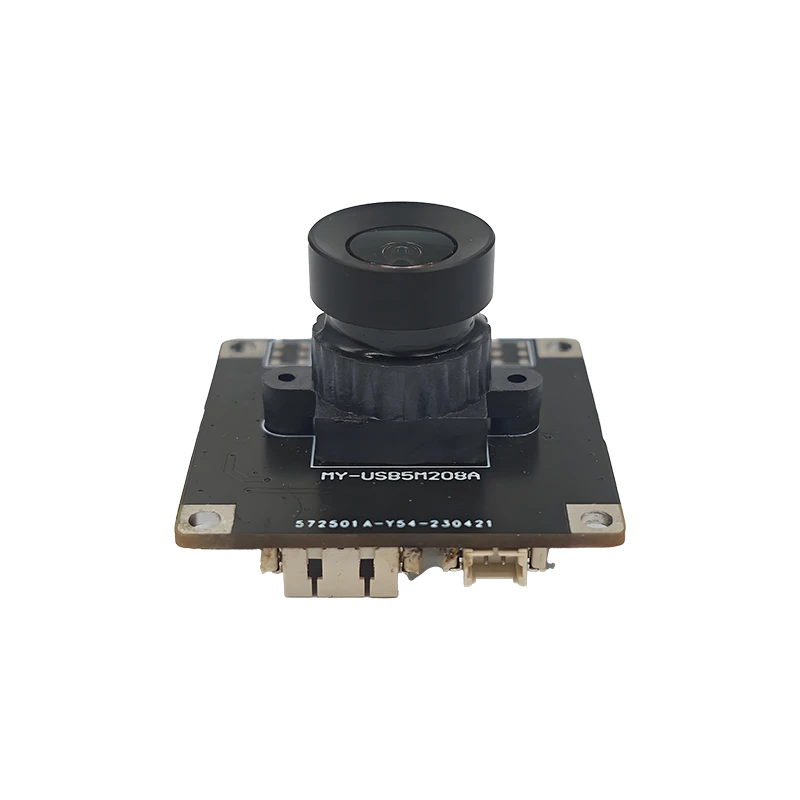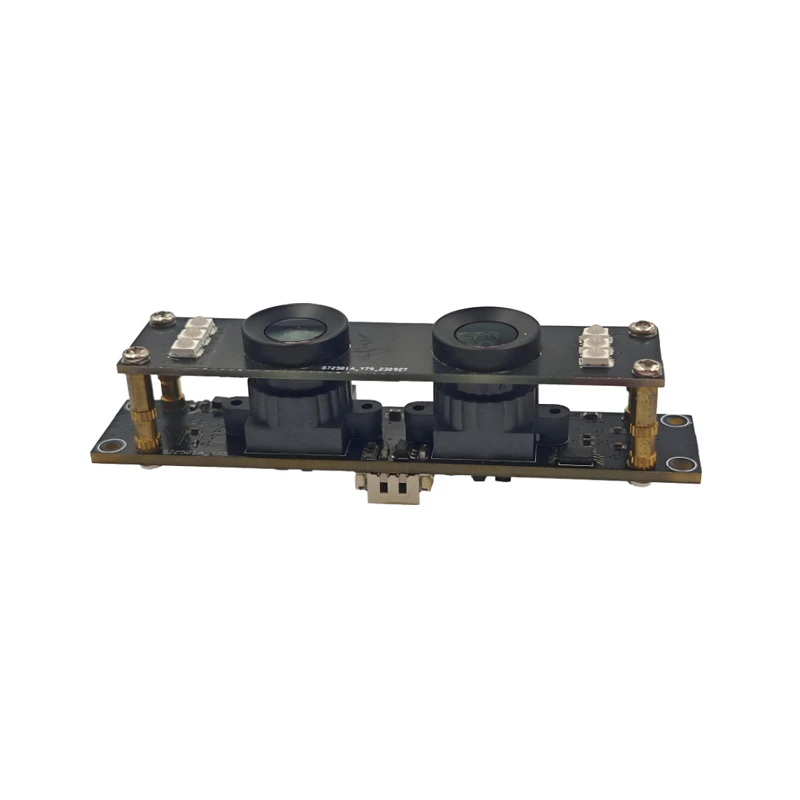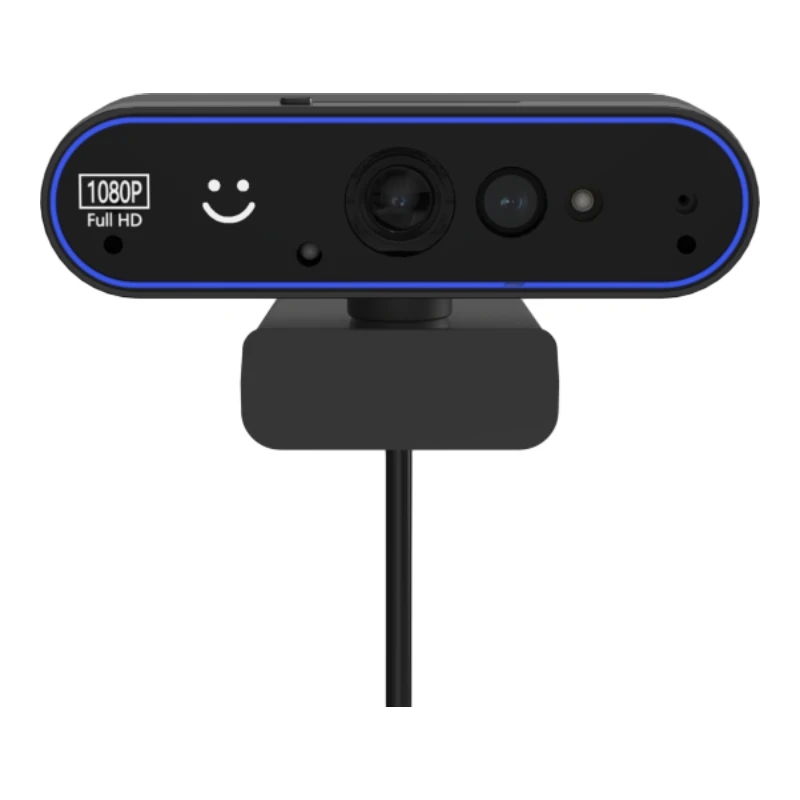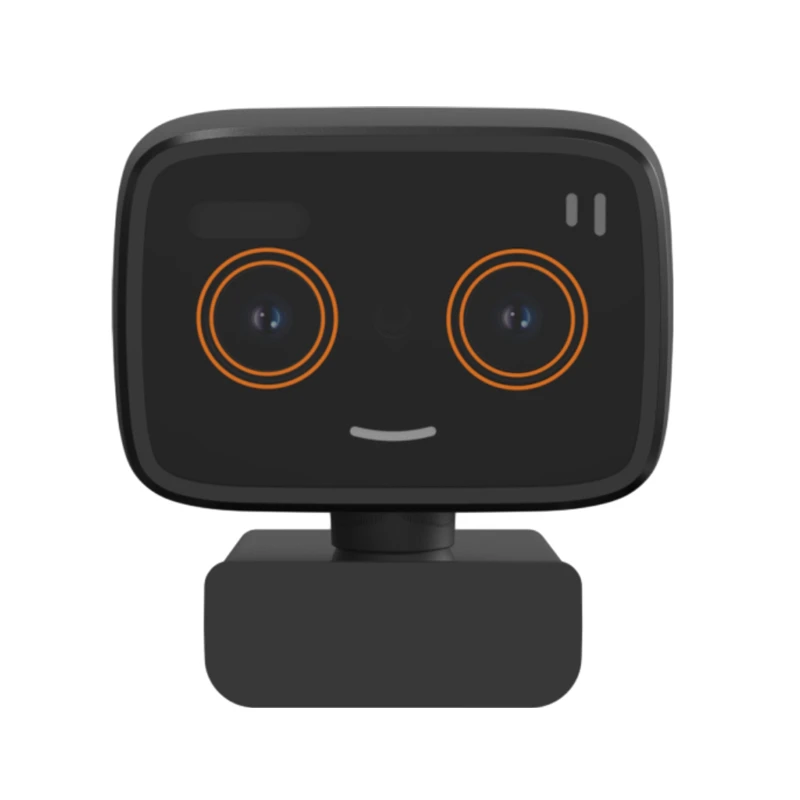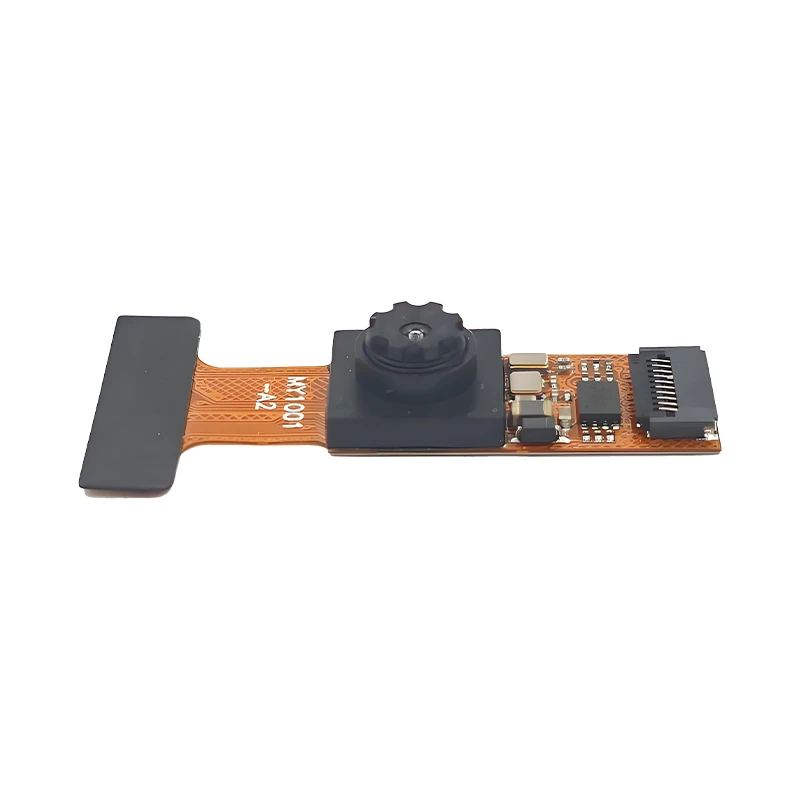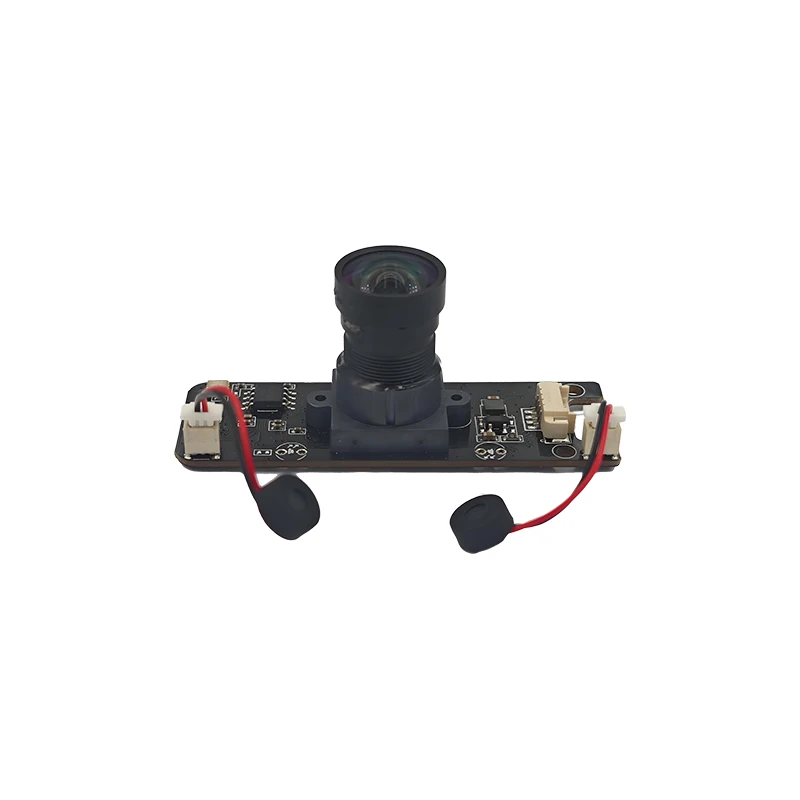Jul . 08, 2025 11:09 Back to list
High Quality USB 2.0 Camera Module – Megapixel ELP USB Camera, OV5640 Sensor, Plug & Play
- Introduction to USB 2.0 Camera Module: A Technological Shift
- Technical Advantages in Megapixel USB Cameras
- Comparative Manufacturer Analysis through Data
- Customization Options and Unique Module Features
- Application Scenarios: Real-World Impact
- Integration Challenges and Solutions
- Conclusion: The Future of USB 2.0 Camera Module Technology

(usb 2.0 camera module)
Introduction to USB 2.0 Camera Module: A Technological Shift
The evolution of camera technology over the past decade has seen a significant rise in the demand for compact, high-performance modules tailored specifically for digital integration. Among the notable products, the usb 2.0 camera module
stands out, dramatically revamping standards for data transmission stability and image clarity. Emphasizing specifications like compact design and compatibility with commodity operating systems, these modules are redefining imaging solutions in embedded systems. Not only do they cater to the rising requirements for megapixel resolutions, but their seamless plug-and-play functionality also enhances the development cycle in industries ranging from security to industrial automation. This overview shines a light on how the synergistic integration of usb camera module megapixel usb camera elp, usb camera module megapixel usb camera, and ov5640 usb camera module technologies is setting a new benchmark for robust image processing and versatility.
Technical Advantages in Megapixel USB Cameras
When it comes to choosing a camera module, resolution, connectivity, latency, and compatibility are pivotal. Current market-leading modules, such as those based on the ov5640 sensor, can deliver up to 5MP resolution with remarkably low power consumption. The USB 2.0 interface offers a transfer rate of up to 480 Mbps, suitable for real-time video streaming up to 720p or 1080p, based on configuration and system requirements. Advanced image signal processing (ISP) capabilities handle noise reduction, auto-white balance, and color correction internally, without excessive reliance on the host CPU. This ensures video clarity even in challenging lighting environments.
Consider the following data for technical comparison:
| camera module | Sensor Type | Resolution | Interface | Max Frame Rate | Power Consumption | Applications |
|---|---|---|---|---|---|---|
| USB 2.0 Camera Module (OV5640) | CMOS (OV5640) | 5MP (2592x1944) | USB 2.0 | 30 fps @ 1080p | ~220 mW | Robotics, Medical Imaging |
| ELP Megapixel USB Camera | CMOS (Generic) | 2MP (1920x1080) | USB 2.0 | 30 fps @ 1080p | ~250 mW | Surveillance, Video Conferencing |
| Generic Megapixel USB Module | CMOS | 1.3MP (1280x1024) | USB 2.0 | 25 fps @ 720p | ~200 mW | Barcode Scanners, Kiosks |
The marked differences in power efficiency and effective frame rates directly influence usage in power-constrained and latency-sensitive environments.
Comparative Manufacturer Analysis through Data
When dissecting the global supply chain, manufacturers like ELP, Arducam, and Sonix have reputations grounded in engineering precision. For instance, ELP is known for its wide range of megapixel usb camera elp products, offering consistent firmware upgrades and extended OS compatibility (Windows, Linux, macOS, Android). In a cross-evaluation, Arducam provides broader sensor variety including Sony IMX series, but ELP delivers rapid delivery times and hassle-free remote technical support.
Below is a comparative analysis of leading suppliers:
| Brand | Unique Feature | Product Range | Warranty | Support Channels | Average Lead Time |
|---|---|---|---|---|---|
| ELP | Wide lens options, sturdy build | 720p to 5MP | 24 months | Email, Live Chat, Phone | 2-4 business days |
| Arducam | High-end sensor flexibility | 0.3MP to 12MP | 12 months | Email, Forums | 5-7 business days |
| Sonix | Integrated microphones | 2MP to 8MP | 18 months | Email, Web Portal | 4-6 business days |
These nuanced differences reinforce the need for businesses to meticulously analyze vendor capabilities before procurement, factoring in warranty terms, product spectrum, and after-sales responsiveness.
Customization Options and Unique Module Features
Distinguishing a usb camera module often hinges on customization flexibility. OEMs and developers require modules pre-fitted for infrared (IR) sensitivity, wide-dynamic range, or non-standard form factors. ELP and several leading fabricators provide lens customization (focal length, field of view, distortion correction) and PCB adjustments to suit chassis constraints.
Advanced modules permit onboard H.264/MJPEG encoding for network efficiency, reducing host load for real-time applications. Additional features such as waterproofing (IP65/IP67 ratings), UVC protocol support, and high dynamic range (HDR) are increasingly standard. Some projects even demand tunable frame rate ranges or variable bandwidth settings to optimize edge device performance. These module-level modifications enable designers to integrate robust vision solutions in constrained, harsh, or mission-critical environments without sacrificing reliability.
Application Scenarios: Real-World Impact
The widespread adoption of high-spec usb camera module megapixel usb camera units has rapidly penetrated sectors such as medical diagnostics, smart retail, AI-powered robotics, and industrial automation. For example, in telemedicine setups, real-time 1080p video feeds from a compact OV5640 module enable remote diagnosis with sub-second latency. In smart kiosks deployed at airports, high-durability ELP modules enhance accuracy for facial recognition, handling an average of over 4,000 face authentications per day per terminal.
- Automated Warehousing: Modules with night-vision and rapid autofocus streamline inventory tracking, supporting SKU identification at a 98.6% accuracy rate.
- Public Security: Urban surveillance piloted with wide-angle lens modules improved area coverage by 38%, significantly reducing critical response times.
- Machine Vision: In line-scan manufacturing systems, customized USB modules reduce product inspection false negatives by approximately 27%, boosting efficiency and customer satisfaction.
The data-driven shift toward plug-and-play, high-reliability imaging has catalyzed the digital transformation of legacy operations, translating measurable improvements in response time, data accuracy, and user experience.
Integration Challenges and Solutions
While the merits of the usb 2.0 camera module are well-established, integration isn’t without challenges. Legacy hardware compatibility, driver conflicts, EMI susceptibility, and heat dissipation are common hurdles during deployment. Moreover, achieving stable performance with different operating systems and architectures (e.g., ARM vs x86) can be a significant barrier, especially in large-scale deployments involving hundreds of cameras.
Leading vendors now supply pre-validated driver stacks and routinely conduct cross-platform certification to preempt compatibility issues. Techniques such as EMI surface shielding, low-dropout power circuits, and modular firmware updates mitigate most reliability concerns. Thermal concerns are addressed by using substrates with high thermal conductivity and employing low-power sensor designs. These best practices, coupled with detailed integration guides, lower barriers for engineers, streamlining rollout and reducing total cost of ownership.
Conclusion: The Future of USB 2.0 Camera Module Technology
The trajectory of usb 2.0 camera module adoption indicates a future where imaging technologies become seamlessly embedded in all aspects of digital infrastructure. As demand for higher megapixel counts and real-time image analytics accelerates, product innovation is set to focus on improved compression, AI-driven onboard processing, and tighter hardware-software integration. With ongoing refinement among market leaders — from usb camera module megapixel usb camera elp to ov5640 usb camera module hybrids — the prospect of cost-effective, scalable, and secure imaging for every industry has never been closer. The ability of these modules to adapt to evolving security and automation needs ensures their continued relevance as an integral part of the digital revolution.
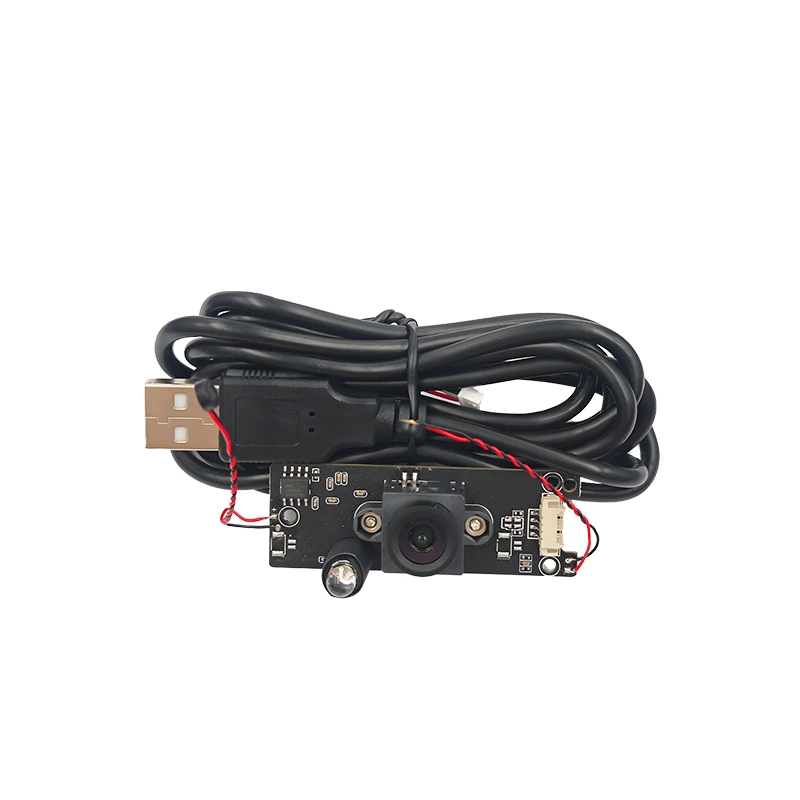
(usb 2.0 camera module)
FAQS on usb 2.0 camera module
Q: What is a USB 2.0 camera module?
A: A USB 2.0 camera module is a compact digital camera designed for integration into devices, connecting via a USB 2.0 interface. It captures images or video and outputs data directly to a computer or embedded system. These modules are widely used for applications like video conferencing, surveillance, and embedded vision.Q: What makes a "megapixel USB camera" module different?
A: A megapixel USB camera module features a sensor capable of capturing images at resolutions of one megapixel or higher. This results in clearer and more detailed images compared to lower-resolution modules. It is ideal for applications requiring higher image clarity.Q: Can the ELP USB camera module be used for industrial projects?
A: Yes, the ELP USB camera module is popular in industrial applications due to its reliable USB connectivity and various resolution options. It supports plug-and-play functionality and is compatible with different operating systems. Its flexibility makes it suitable for automation, robotics, and inspection tasks.Q: What are the advantages of using the OV5640 USB camera module?
A: The OV5640 USB camera module uses the OV5640 CMOS sensor, providing up to 5MP resolution and autofocus capability. It offers high image quality and fast USB 2.0 transmission, making it suitable for embedded vision projects. Its compact design supports easy integration into various devices.Q: Are USB camera modules compatible with Windows, Linux, and Android systems?
A: Most USB camera modules, including megapixel and OV5640 versions, support plug-and-play functionality on Windows, Linux, and Android platforms. They generally use standard UVC drivers, requiring no extra installation. Always check specific product documentation for compatibility confirmation.-
2025 Computex Taipei show (Date: 23rd.May, 2025)), our booth no.: I0602
NewsMay.23,2025
-
2025 Computex Taipei show (Date: 22nd.May, 2025)), our booth no.: I0602
NewsMay.22,2025
-
2025 Computex Taipei show (Date: 21st.May, 2025)), our booth no.: I0602
NewsMay.21,2025
-
2025 Computex Taipei show we are attending on May.20th-May23rd
NewsMay.20,2025
-
Shenzhen Minyou Digital Technology Co.,Ltd Japan branch office was set up in this month (May of 2025)
NewsMay.14,2025
-
Computex Taipei show we attended in Jun of 2024
NewsJul.20,2024



